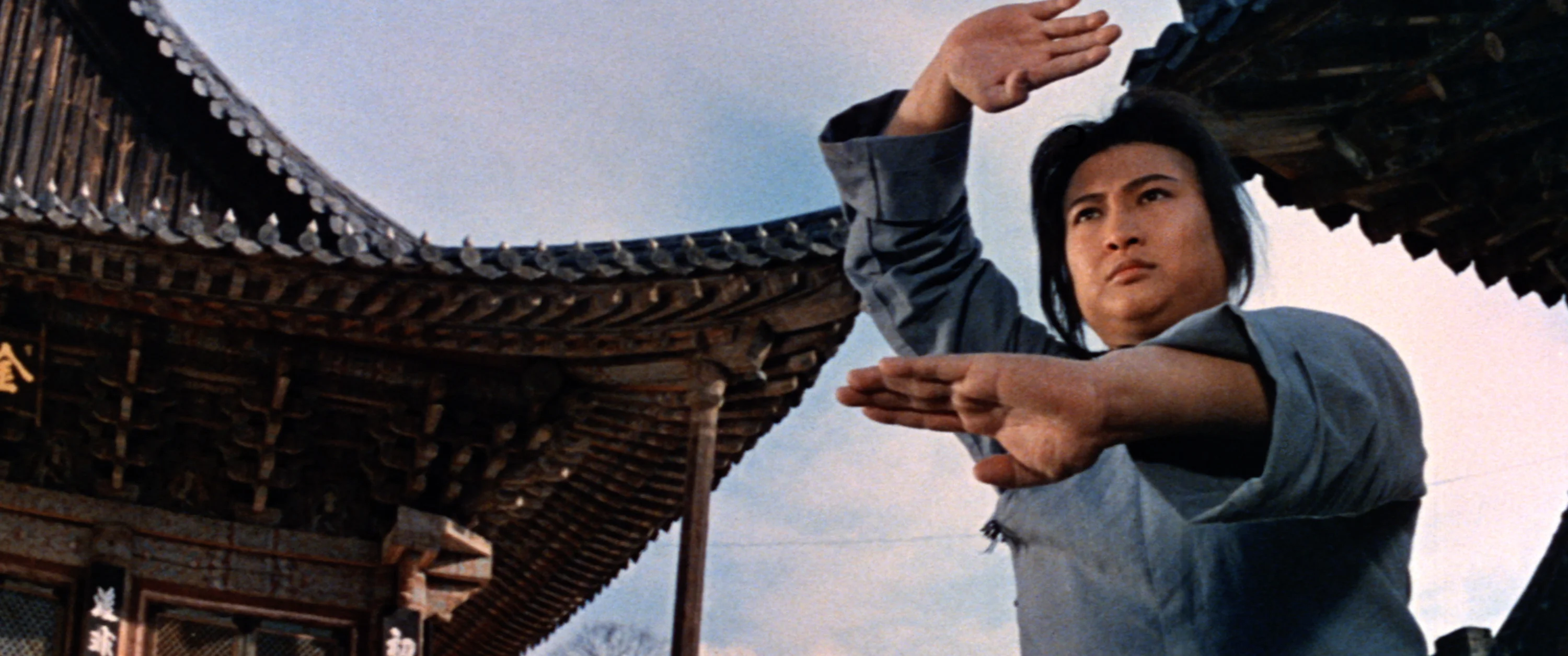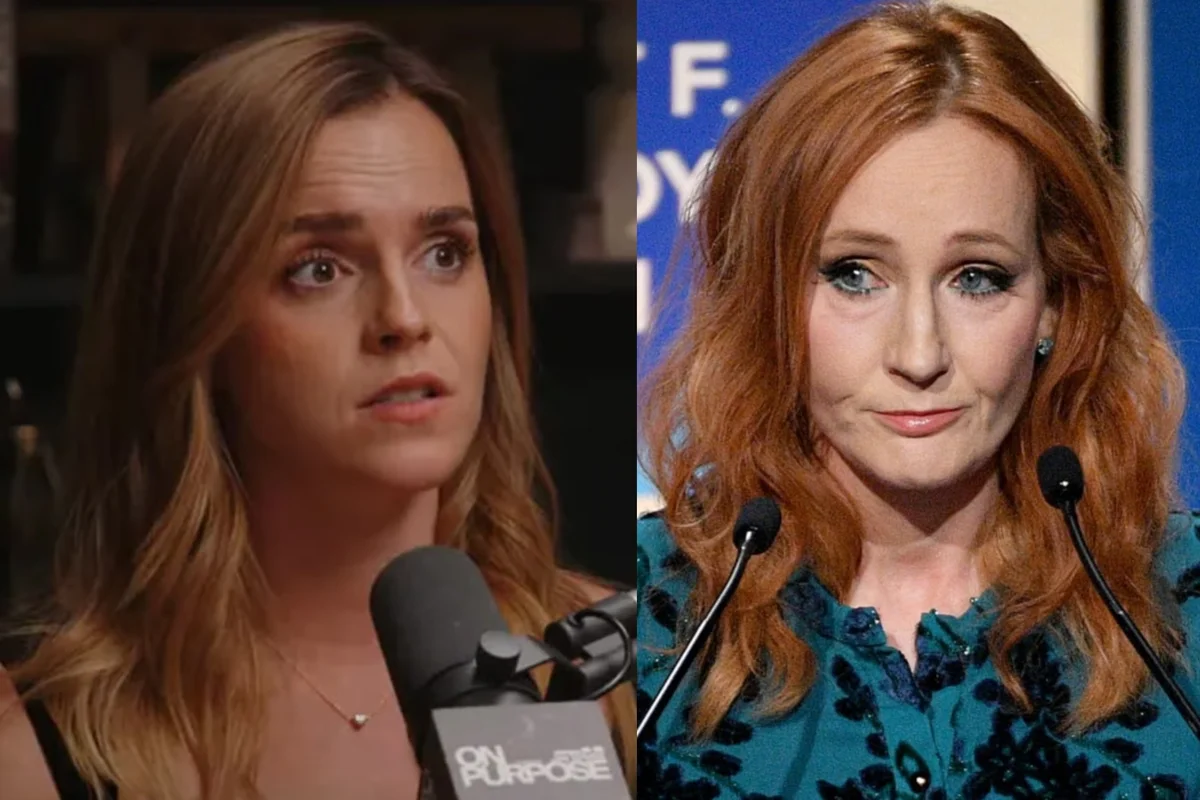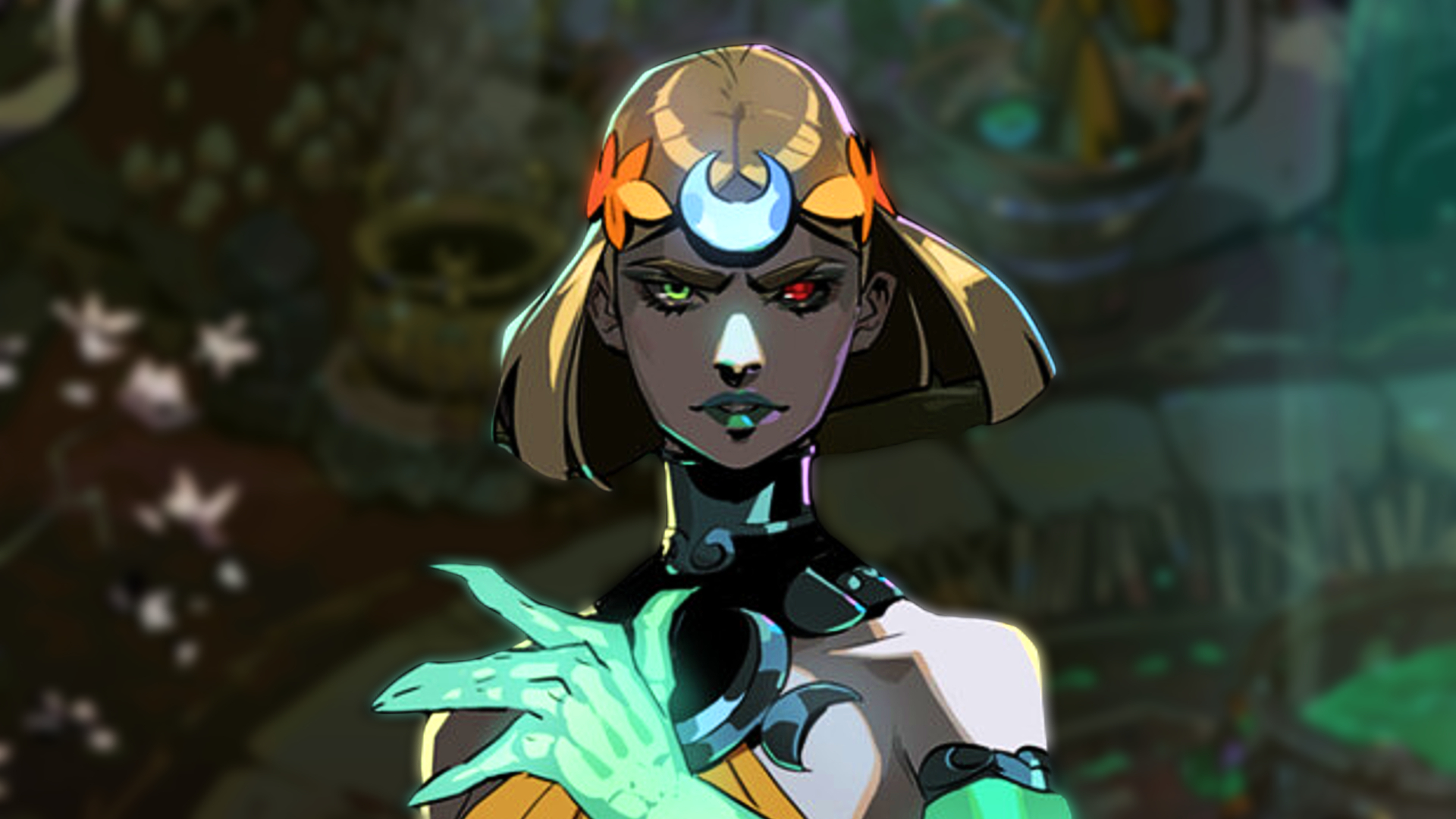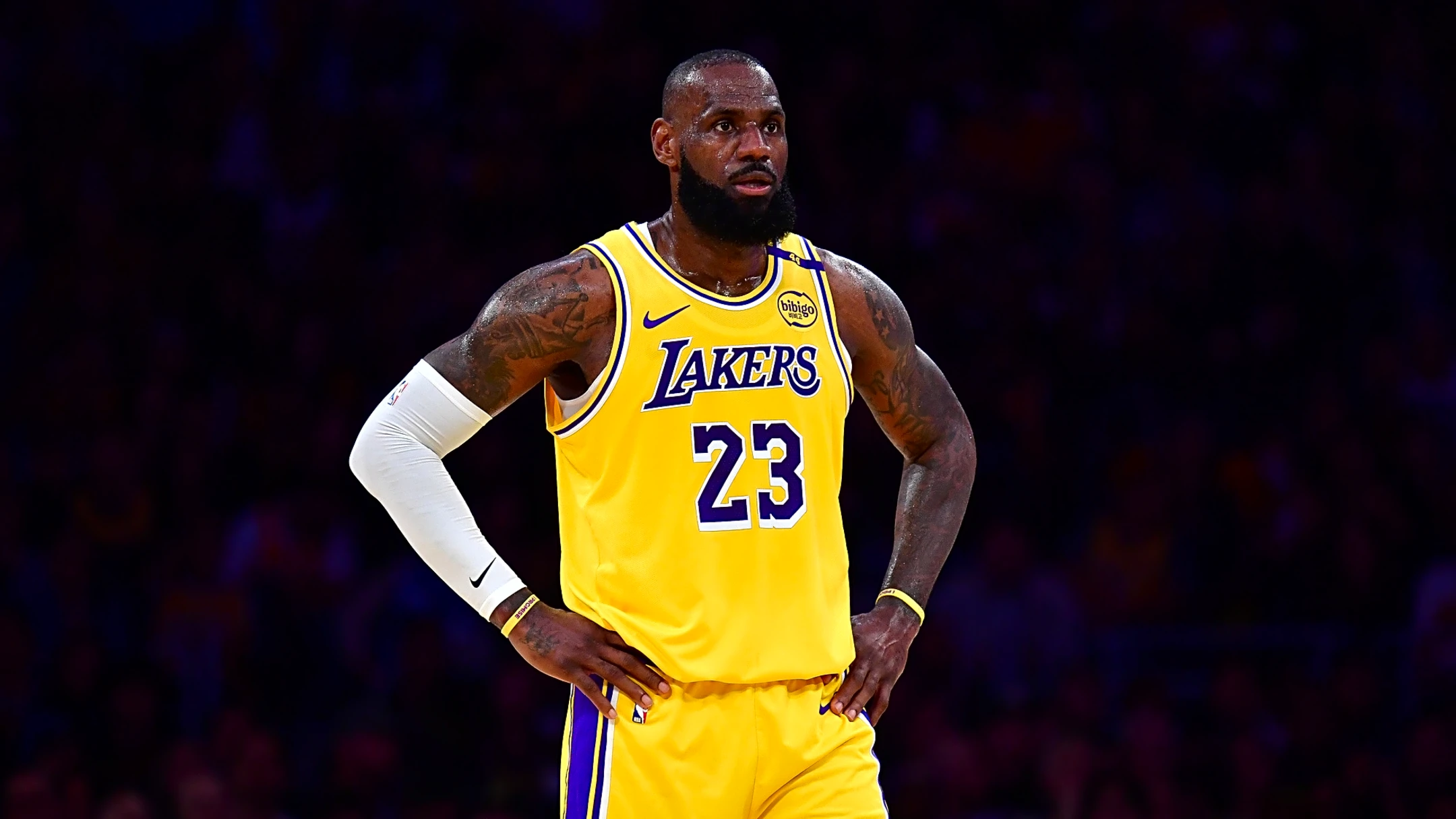Copyright scmp

Sammo Hung Kam-bo began his career as a child star before moving into stunt work and martial arts choreography, often taking supporting roles in the films he worked on. But his ambition since the age of 14 was always to direct. He learned the craft by closely observing the filmmaking process on set. “Whether it was martial arts or operating a camera dolly, I was always up for the challenge,” Hung told the Hong Kong Film Archive. “Whenever the foreman asked me to do something, I showed myself to be multitalented … Slowly, I became the assistant martial arts choreographer, the martial arts choreographer and finally the director.” Hung’s first film as director was 1977’s The Iron-Fisted Monk, a Qing dynasty revenge drama blending kung fu with cheeky comedy. However, unlike the comedic fights in Jackie Chan’s 1978 hit Drunken Master, the action here is brutal and creates a sometimes jarring tonal contrast with the humour. The Iron-Fisted Monk sees the Han Chinese avenge the horrors foisted on them by the ruling Manchus. Hung plays Hawker, a feisty lad whose uncle is killed by Manchu thugs. Hawker tries to defend him and is beaten up, but his efforts are noticed by the monk San Te – the “Iron Fisted Monk” of the title – played by veteran martial artist Chan Sing. Hawker is invited to the legendary Shaolin Temple, where he learns kung fu to take his revenge. Hung secured the directing gig with the help of veteran filmmaker Huang Feng, who had previously employed him as a martial arts director on numerous films, notably the early works of Angela Mao Ying. Huang persuaded Golden Harvest boss Raymond Chow Man-wai to give Hung a chance. “I asked Huang Feng, ‘Do you think I could be a director?’” Hung recalled. “He said, ‘Why not? If you want to do it, I can help you.’” Hung described the story he wanted to tell, and Huang wrote the script, originally in Mandarin, before it was adapted into Cantonese. The Iron-Fisted Monk remains an enjoyable watch primarily thanks to its exemplary martial arts scenes. The fights are neat and precisely choreographed by Hung in the old-school tradition, filmed in relatively long takes with little camera movement, so the moves are clearly visible. That is possibly because Hung was still cutting his teeth behind the cameras and kept the shots simple. The whole film is shot in basic master shots, with a few close-ups and medium shots – along with those obligatory zooms, of course – to spice things up. “Looking back years later, I do think some of the sequences were quite stiff. But that’s OK, it was my first film, after all,” Hung told the Film Archive. The Iron-Fisted Monk was a hit, and its success immediately led Raymond Chow to trust Hung with a daunting task: wrapping up Game of Death, the film that Bruce Lee had left unfinished when he died in 1973. The opportunity felt personal to Hung: he and Lee had been friends after their first encounter on a Golden Harvest film set turned into a brief sparring match following a misunderstood comment. Hung was originally offered a role by Lee in Game of Death, but repeated postponement of the production took him out of the equation, he confirmed to Post film editor Edmund Lee in 2024. It was a tall order when Hung was eventually asked to take over from director Robert Clouse – whose approach to shooting action scenes frustrated Hung – and complete the reshoots with an unforgivingly tight schedule. Over the years, the experience of how he skipped sleep altogether and kept on shooting and editing for 15 consecutive days has become one of Hung’s favourite stories to tell his fans. Unfortunately, he was fighting against impossible odds, and the result was widely considered a disaster. Hung’s next film as director, 1978’s Enter the Fat Dragon, saw him play Lung, an enthusiastic Bruce Lee fan who fights in the master’s jeet kune do style. Far from parody, the film mixes comedy with top-notch kung fu and serves as a very reverent tribute to Lee, who had long been a significant influence on Hung. “He was closer to the real world and grounded his ideas in actualities,” Hung explained to the Film Archive, noting he had studied Lee’s style carefully. “His films exerted a great influence on us because of their authenticity. They were real fights incorporated with martial arts practices we had seen during training. So, when it came to making films, we tried our utmost to recreate this visceral realism.” The English title Enter the Fat Dragon references Hung’s brief on-screen fight with Lee at the start of Enter the Dragon; the Chinese title translates more literally as Fat Dragon Crosses the River. Enter the Fat Dragon tells the story of Lung, who leaves his pig farm in mainland China to work at his uncle’s tiny restaurant in Hong Kong. Using jeet kune do, and channelling his love for Bruce Lee, Lung not only rids the restaurant of a group of thugs led by Fung Hak-on, but also foils a gangster’s plot to kidnap one of the women he works with. Hung emulates the master’s style and performs authentic-looking jeet kune do. But he does not make himself up to look like Lee or copy his hairstyle, although he does use Lee’s “bring it on” gesture and recreates other emblems of the legend’s performance style. To make it clear, Enter the Fat Dragon is not a “Bruceploitation” cash-in; Hung’s character Lung even beats up a typical Bruce Lee imitator who is lording it over him on a film set. Lung is annoyed that the imitator is performing Lee’s moves badly, so he thrashes him in a bout. Lung says that if the impersonator wants to pretend to be Bruce Lee, he must improve his kung fu, so as not to dishonour his idol. The script by venerable screenwriter Ni Kuang does not follow the typical format of a kung fu film, as there are no training sequences – Lung is unbeatable right from his first fight. The fun results not from watching Lung overcome obstacles, but from simply enjoying the brilliance of Hung’s fighting skills. In this regular feature series on the best of Hong Kong cinema, we examine the legacy of classic films, re-evaluate the careers of its greatest stars, and revisit some of the lesser-known aspects of the beloved industry. Want more articles like this? Follow SCMP Film on Facebook



